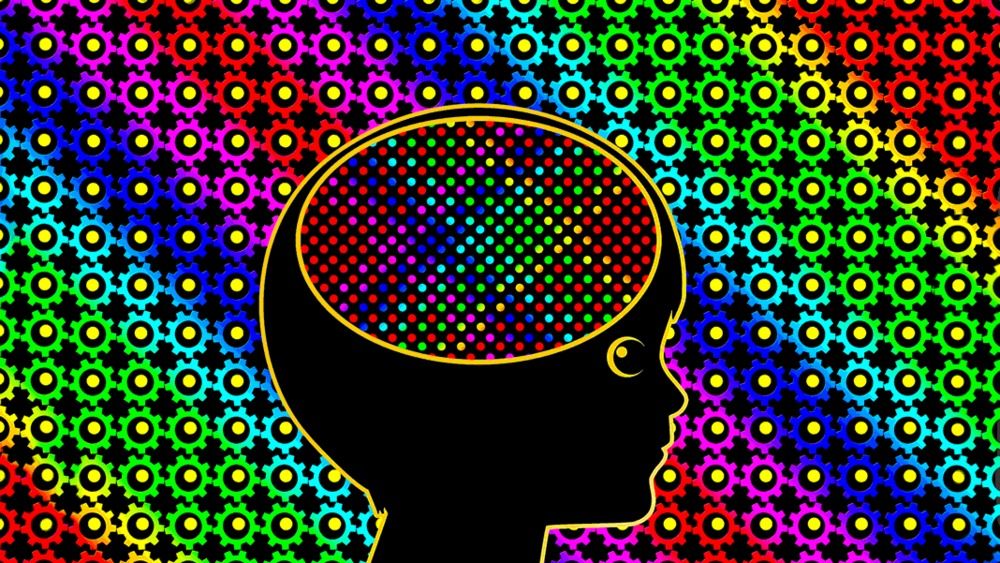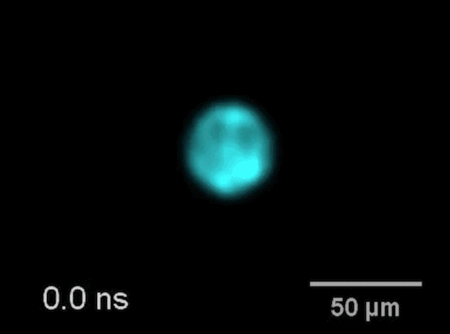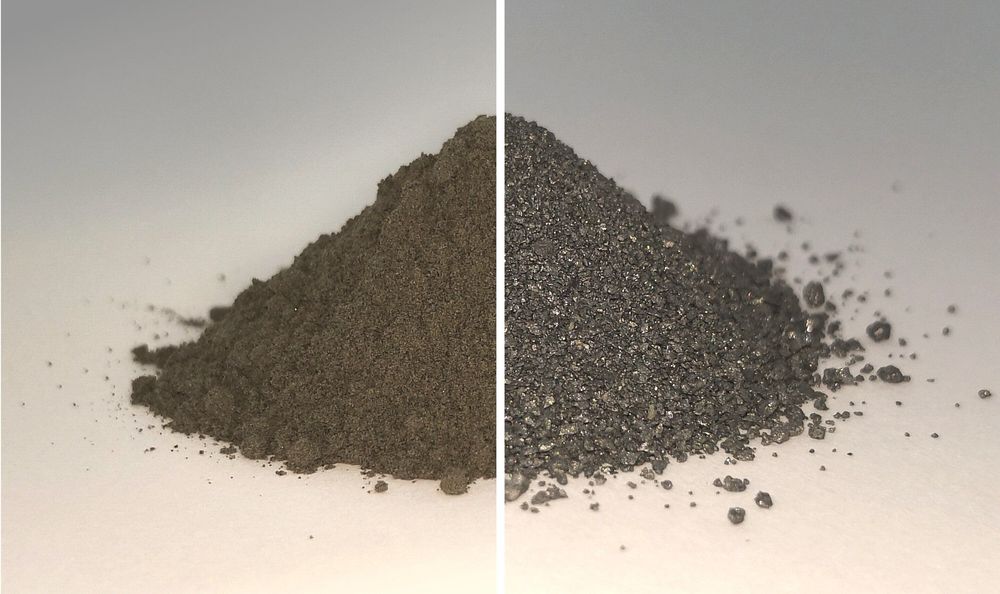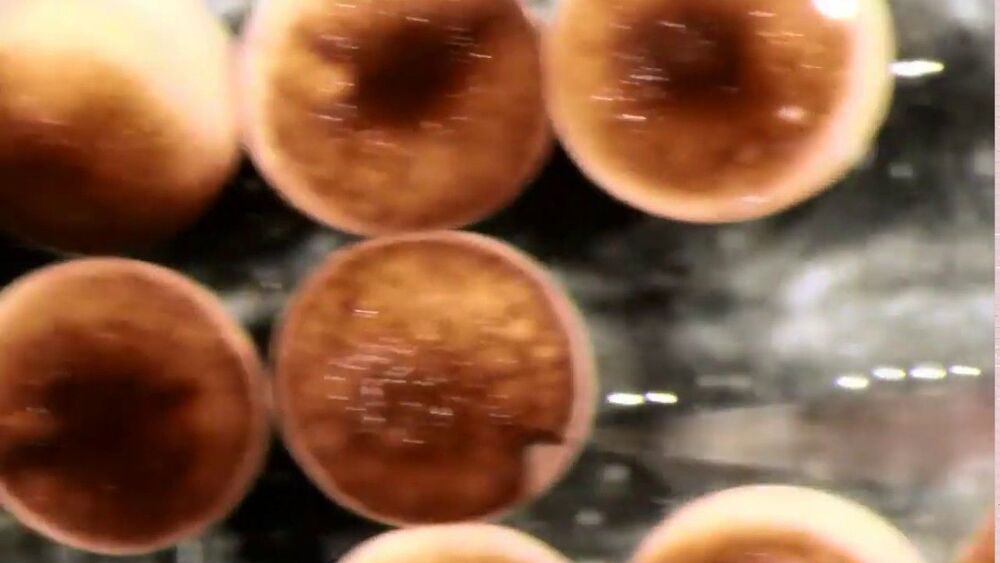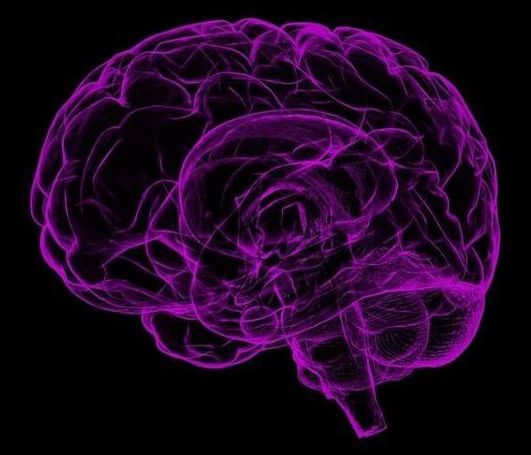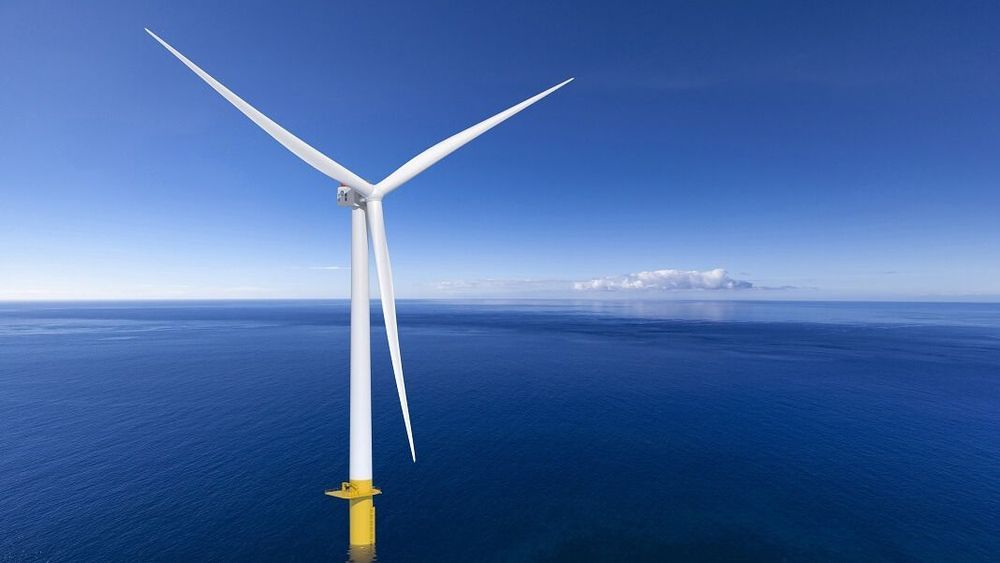Jan 21, 2020
How Researchers Used AI to Better Understand Biological Vision
Posted by Genevieve Klien in categories: biological, neuroscience, robotics/AI
A few years back, DeepMind’s Demis Hassabis famously prophesized that AI and neuroscience will positively feed into each other in a “virtuous circle.” If realized, this would fundamentally expand our insight into intelligence, both machine and human.
We’ve already seen some proofs of concept, at least in the brain-to-AI direction. For example, memory replay, a biological mechanism that fortifies our memories during sleep, also boosted AI learning when abstractly appropriated into deep learning models. Reinforcement learning, loosely based on our motivation circuits, is now behind some of AI’s most powerful tools.
Continue reading “How Researchers Used AI to Better Understand Biological Vision” »
